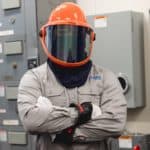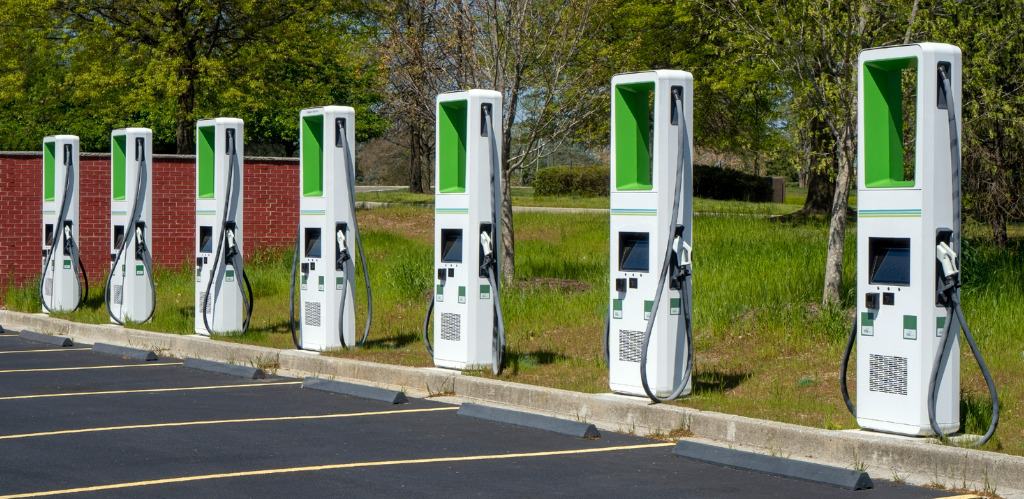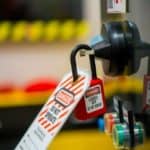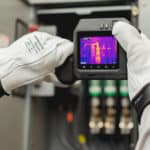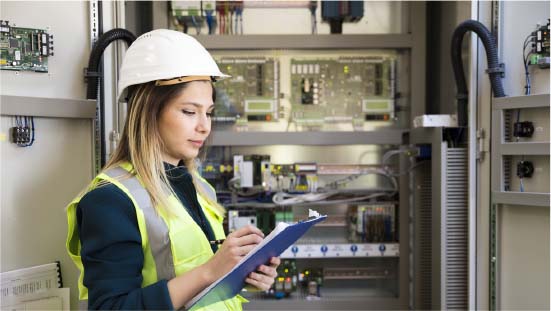Infrared Thermography
Training duration: 1 day
This 32-hour Level I thermography course offers a hybrid learning model. The first 16 hours are done online. The remainder of the course is done in two days of classroom training where infrared theory, heat transfer concepts, and correct operation of thermal imaging equipment are discussed. Participants will learn how to take quality thermal images that are clear, concise, and easy to interpret. Additional discussions will include tested ideas to set up a successful thermal program within your facility or customer locations. The instructor is a Level III Thermographer and provides students with broad field knowledge allowing the learning experience to be interesting, fun, and resourceful. This course includes hands-on activities and real-life examples.
Detailed physics discussion
- Nature of heat
- Temperature
- Heat transfer modes
- Heat conduction- Fourier’s Law of Heat and Conduction
- Heat convection – Newton’s Law of Cooling
- Heat radiation fundamentals – Emissivity
- Radiosity concepts – Reflectivity
- Transmissivity
- Absorptivity
- Infrared radiometry and imaging
- Spatial resolution concepts
Detailed operating discussion
- Introduction
- Operation of infrared thermal imagers
- Basic features
- Selecting best perspective
- Image FOV
- Checking equipment calibration
- Infrared image and documentation quality
- Elements of a good infrared image
- Clarity
- Dynamic range of the imager
- Elements of a good infrared image
- Support data collection
- Environmental data
- Emissivity
- Measurement
- Estimation
- Surface reference temperatures
Advanced electrical applications
- Mechanical building envelope, roof, and pests
- Detecting thermal anomalies resulting from:
- Large surface-to-ambient temp differences
- Small surface-to-ambient temp differences
- Using systems of environmental heat cycles
- Differences in physical state
- Fluid flow problems
- Friction
- Nonhomogeneous exothermic or endothermic conditions
- Detecting thermal anomalies resulting from:
- Field quantification of point temperatures
- Simple techniques for emissivity typical (high emissivity applications)
- Special problem of low emissivity applications
Program development
- Discussion/strategies to structure a sustainable thermography program
- Methodologies for implementing programs
- Gathering data
- Route creation consideration
- Sustainability
Let’s work together to create a safer, more reliable world.
To learn more about this course, or any of our training programs, please fill out the form on this page or call us 866.772.6770.
